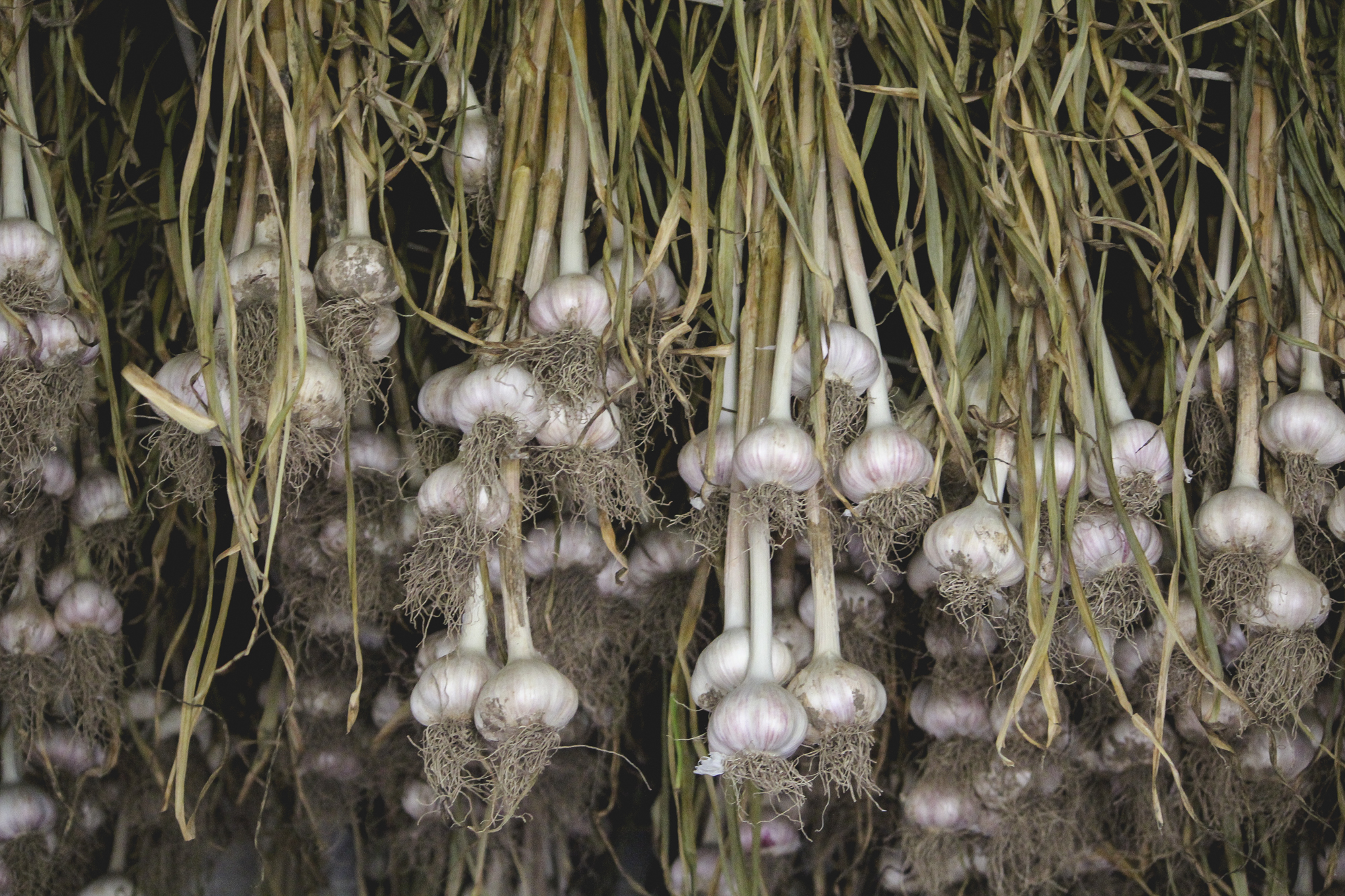What Can I Grow in the Winter?
As the temperatures drop and those first elusive snowflakes begin to fall, most of us are wont to put away the garden tools, throw ourselves under a pile of woolen blankets, and hibernate (or to put it in more millennial terms, “Netflix and chill”) until spring.
For the average American gardener, the period between October and March sees very little activity, for understandable reasons: reduced sunlight, colder temperatures, and exhaustion from the previous season’s harvest all play a role in our collective decision to ignore our gardens during the cold-weather months. As it turns out, however, winter is the perfect time to grow a veritable cornucopia of vegetables, including popular crops like kale, carrots, and swiss chard.
In general, roots and leafy greens thrive in chillier climates, and can withstand temperatures down into the teens. Onions, garlic, and kale also provide textbook examples for successful wintertime specimens.
The best part of growing a winter vegetable garden – apart from the awed looks on guests’ faces when they come face-to-face with all that gorgeous produce, of course – is that you don’t need a greenhouse or a fancy enclosure; all you need is good soil, a sheet of plastic, some tubing, and most importantly, common sense.
The list of cold-temp crops is remarkably diverse – almost as various as the springtime roster, in fact. In general, roots and certain types of leafy greens thrive in chillier climes, and can withstand temperatures down into the teens; as such, onions, garlic, and kale provide textbook examples for successful wintertime specimens. Here are just a few options to get you started; for a complete list, refer to the expert advice of the University of California’s Division of Agriculture and National Resources.
Onions
Onions can be planted in loose soil as late as October, or even in early winter, before the first hard freeze of the season. Simply plant them as you would any bulb, and hold off on watering once the ground has frozen solid. Once the onion greens are a few inches tall, you can snip them off to use in cooking; harvest the onion bulbs as soon as the greens wilt and turn brown.
Garlic
Plant garlic cloves about a month before the first hard frost of the season (get them from a seed company, as grocery-bought garlic is typically engineered to last a long time on the grocery shelf). Mulch the planting area heavily, and apply the same logic as onions to determine the harvest: as soon as the green tops begin to wither, they’re ready; just let them cure for a couple weeks in an airy spot to ensure they dry completely.
Kale
This oh-so-hip plant comes in Russian and Siberian varieties – a testament to their hardy nature. If you plant them in the spring and take care of the plants wisely, you’ll be able to enjoy a harvest well into the winter. Just plant them as normal, and keep them covered and spaced-out. Kale goes into “hibernation” in the winter, but occasionally continues to produce leaves throughout the season.
Tunnels and Tarps: How to Ensure Frost Protection
The aformentioned plants are better equipped to take on Old Man Winter, but don’t get cocky: frost, snow and ice can kill even the hardiest of plants if you don’t provide a barrier against the elements.
A good rule of thumb to limit casualties: make sure the plant is mature before the first hard freeze of the season.
Before putting anything in the ground, figure out the timing of the first hard frost – frequently called a “killing frost” – in your zone (the Farmer’s Almanac offers generally reliable long-term forecasts), and arrange your planting around those dates. A good rule of thumb to limit casualties: make sure the plant is mature before the first hard freeze of the season.
Of course, the cold isn’t the only threat; strong winds can be equally lethal. To prevent your crops’ demise in the event of a winter storm, you’ll need a good shield. Every farmer swears by their own technique – some use straw or dead leaves, others newspaper or sheets – but you can’t go wrong with a garden tunnel fashioned from polyeurethane plastic (it’s good for heat-retention, it’s sturdy, and it’s inexpensive) and PVC hoops. Simply place the hoops in the ground so that they arc over the garden beds, lay the sheet on top, tamp it down with some rocks, and voilà – your garden’s wintertime guardian.






































